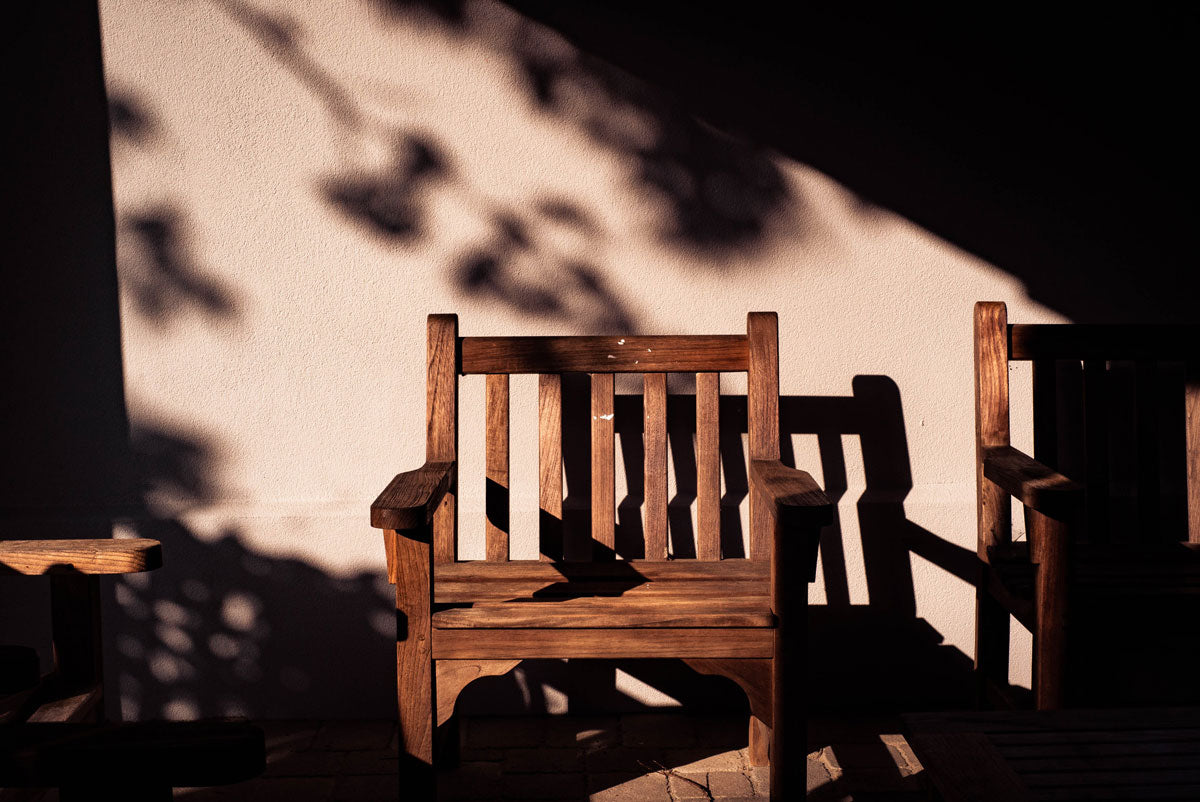Architectural design goes beyond space layout; creating something requires a detailed configuration of all its parts, even those which might not be so obvious, like light. All the elements surrounding a space have the ability to influence the mood and wellbeing of the people living in it, but lighting is one of the most important among them. This is the reason why light should cover users’ visual and non-visual needs.
The powerful effect light has on architecture has become a relevant subject of study among contemporary architects, which has influenced the renovation of emblematic sites - like old libraries - to be able to illuminate hallways and have an impact on the lives of people who visit them. The lighting concept, which focuses on humans, seeks to get designs that provide a visual, emotional, and biological balance. Increasing the physical, physiological, and psychological wellness of those who interact within a space is one of the growing pillars of architecture today, so a holistic approach to it is increasingly important.
However, playing with light and spaces is becoming more complex. Recent studies on the topic bet for light as an element with the ability to increase health and wellbeing. The practice of light focused on the human being seeks to create a balance between good vision and the users’ emotions to boost both the physical and the psychological aspects. It has been proven that having contact with light has an important impact on people from several physiological approaches. For example, natural light allows for the body to regulate the hormone melatonin in a better way, which is tied to the inner clock that controls sleeping cycles and digestion; it also stimulates the production of serotonin, neurotransmitter which increases happiness and fights depression.
Adding natural light is a key factor in this kind of illumination, since studies show that it is beneficial for people’s productivity and comfort, by encouraging the natural cycle of the circadian rhythm. This refers to the response people naturally have to a biological 24-hour clock that is set from sunlight changes. During the day, the color temperature of light is cold, what keeps the body and mind active and alert; as the morning turns into the afternoon, this temperature becomes warm, which promotes rest so we are able to sleep at night. By spending most of the day indoors, with artificial light, this natural rhythm is broken and may cause health alterations, mainly sleep pattern issues.

Studies from the Lighting Research Center in the United States suggest that architecture should be designed in a way that light is directly related with the circadian rhythm to minimize this impact on health. Also, these studies suggest that color temperature indoors be modified as the day progresses to follow light’s natural cycle.
In addition to color temperature, other suggestions regarding illumination design include rethinking about the layout of lamps. Some experts consider that there should be both horizontal and vertical light systems, to create a surrounding environment rather than a spotlight. With this in mind, having the light source at eye level manages to accelerate the desired effect. For example, using cold light in a vertical way encourages a more active and productive state. On the contrary, a surrounding warm light space can be created to relax and unwind, even some workspaces are adding light oases, which are rooms with therapeutic light that fights stress and promotes creativity.

Bet for nature
The biophilia trend has had great influence on wellness-oriented lighting design. These studies suggest that light can be added to spaces through natural materials, shapes that mimic elements found in nature, and light and shadow games, which recreate natural spaces to achieve a state of tranquility and comfort among users.
One of the promoters of this kind of design is Stephen P. Kellert, whose book, Biophilic Design, is cited in the study carried out by IALD European Regulatory Affairs through seven keys to create a wellness-oriented lighting.
- Natural light. This means allowing for the full natural light temperature cycle to be completed within a space and to promote the entrance of this light source into indoor areas.
- Diffused light. Having the capacity to adjust light avoids effects such as glare. By avoiding hard lights, the transition between the outside and the inside is made in a much natural way.
- Shadow game. Having spaces with more light than others creates an exciting contrast inside a building that promotes curiosity.
- Reflected light. Managing to have walls and ceilings reflecting light instead of having spotlights creates a surrounding illumination, which increases productivity.
- Light clusters. The sense of safety can also be encouraged with light. Shadow play is recommended, but very dark areas shall be avoided, like somber hallways. To achieve this it is preferable to bring several lights together to lit the way up and thus provide a sense of comfort.
- Warm light. When it comes to encouraging the sense of safety, warm light is more efficient; it also creates a welcoming feeling.
- Dynamism. Playing with lights can also result in the creation of shapes, which are not only aesthetic, but also promote curiosity and exploration cravings among people, while encouraging imagination.

More and more studies focus on improving people’s lives through spaces, by creating places that encourage social interaction, promote physical movement, offer better air quality or decrease waste, among other benefits. However, in order to achieve full wellbeing, it is also important to work on those elements, which, although intangible, have a deep impact on people’s emotional state and health, like lighting. Architecture’s present day is playing with these elements in new designs and is also renovating previous creations to implement these discoveries. The future of architecture is headed towards spaces that take care of people’s physical and mental health in an increasingly intuitive way.


